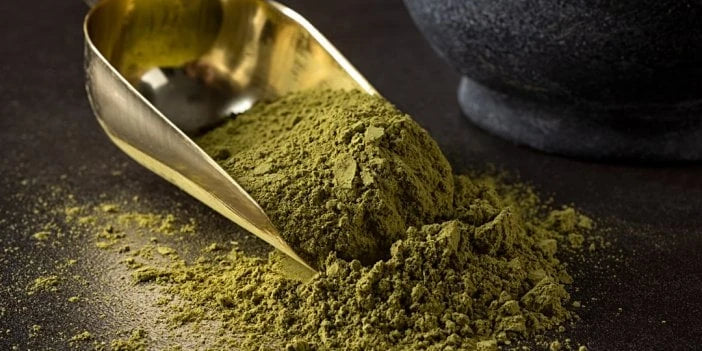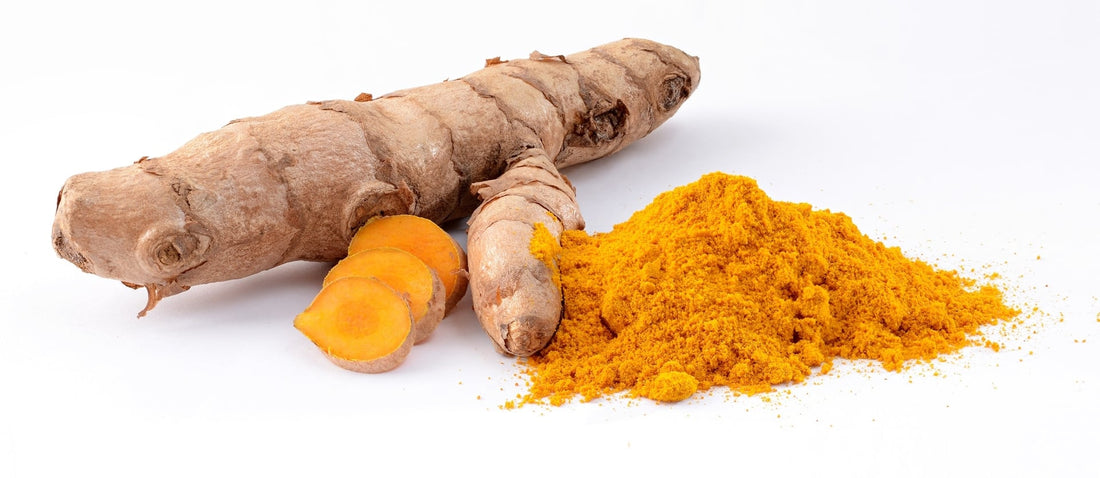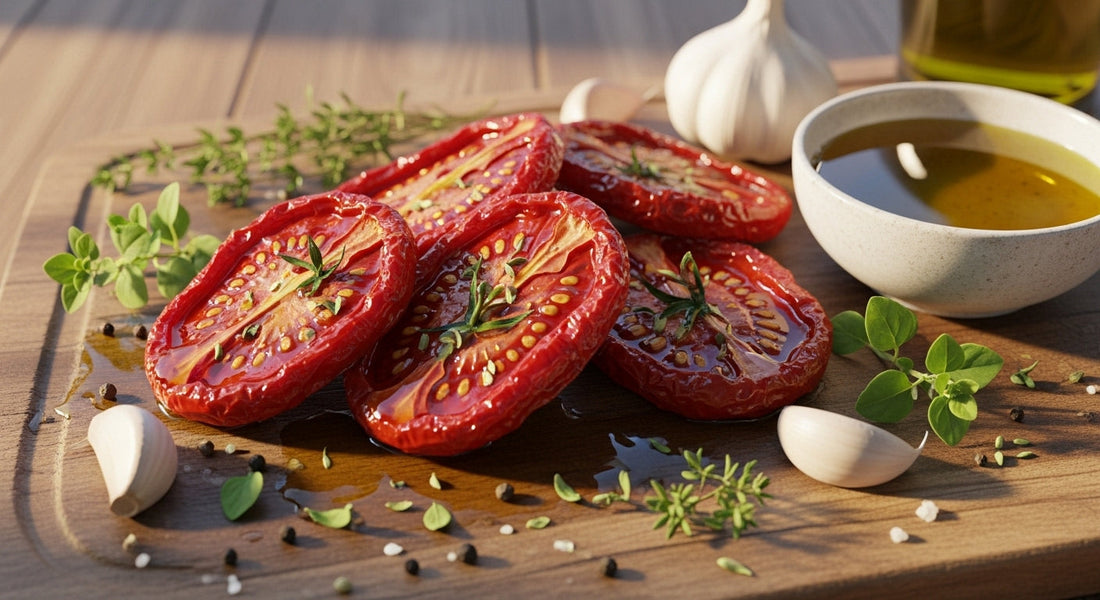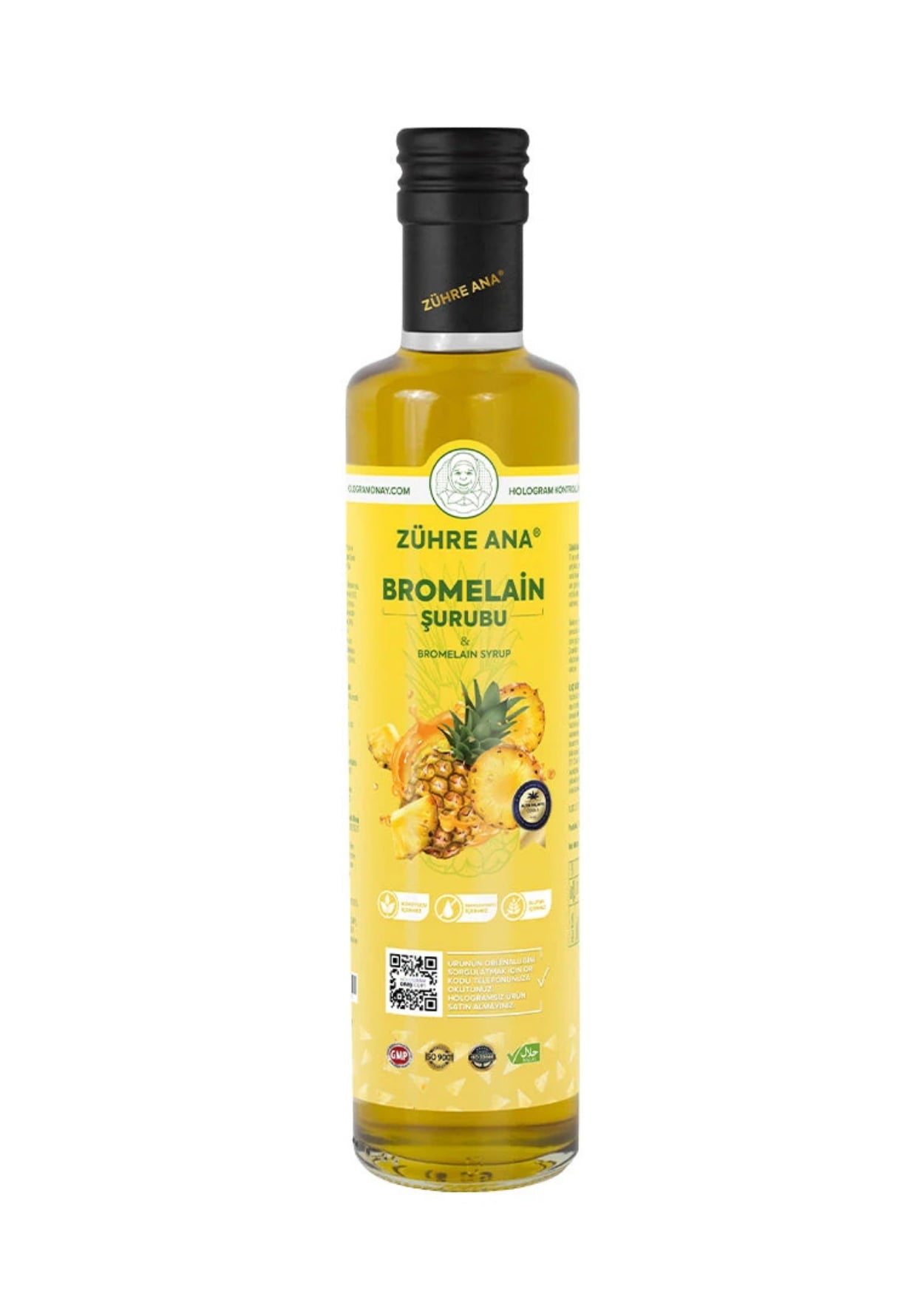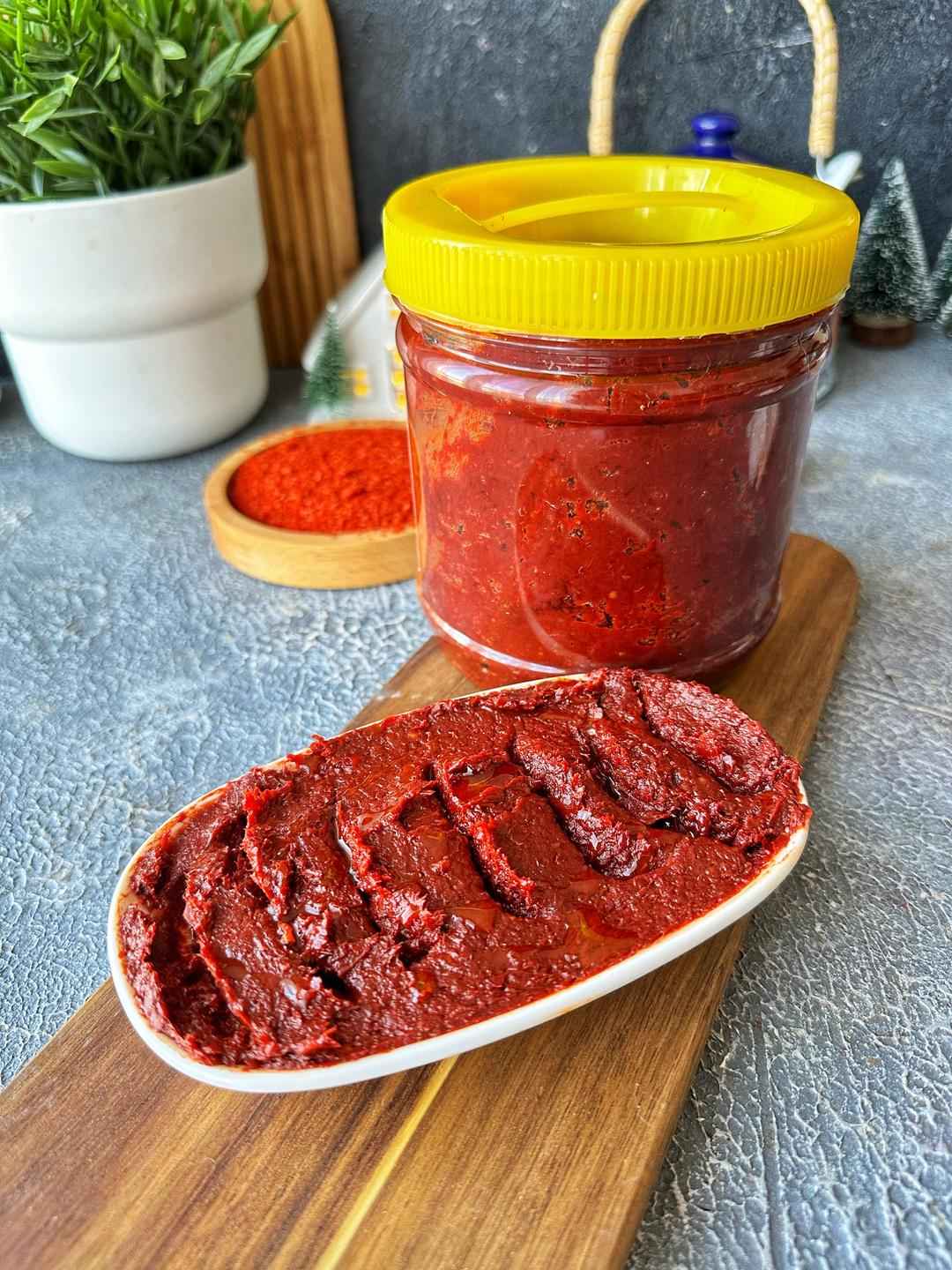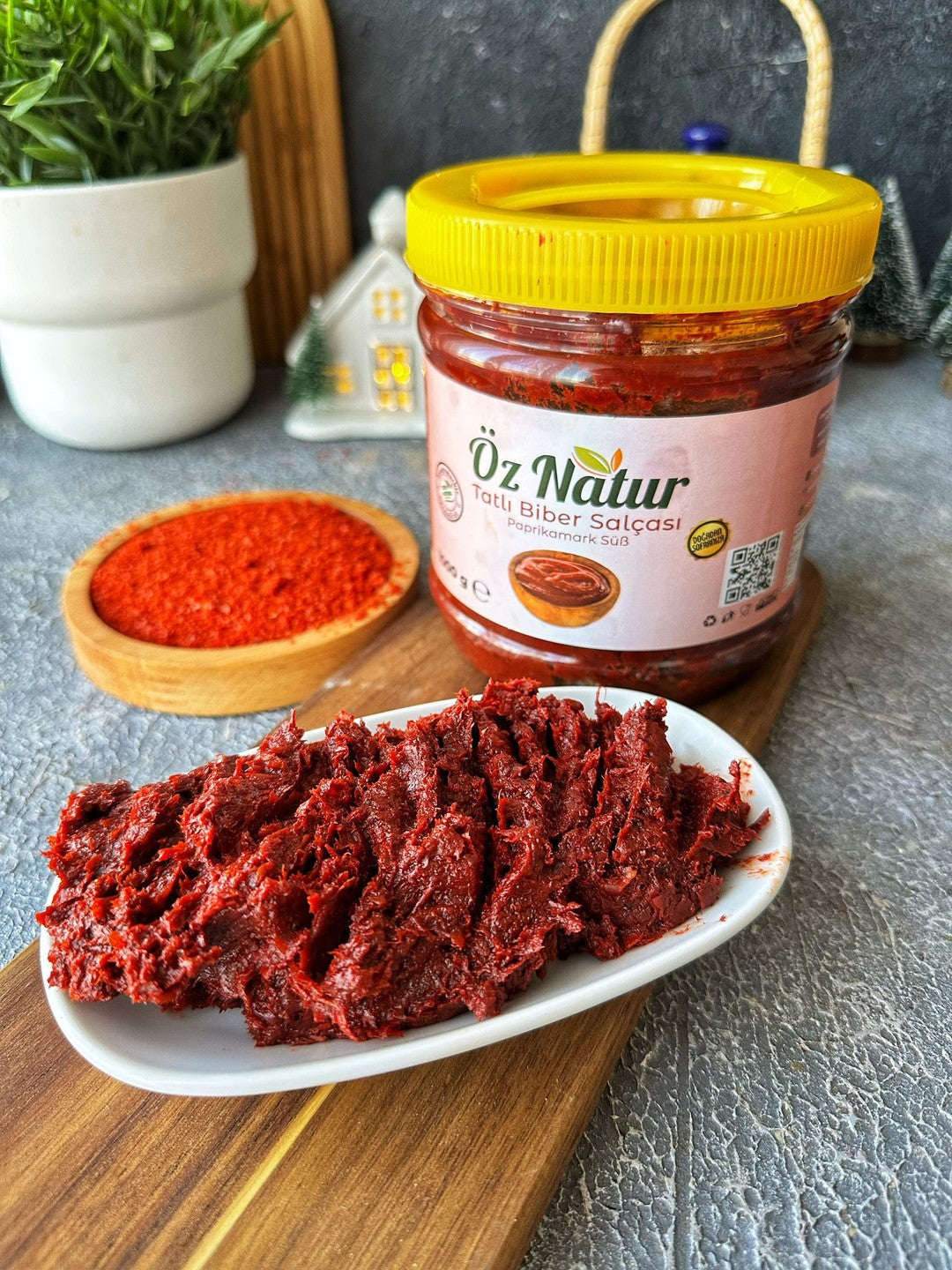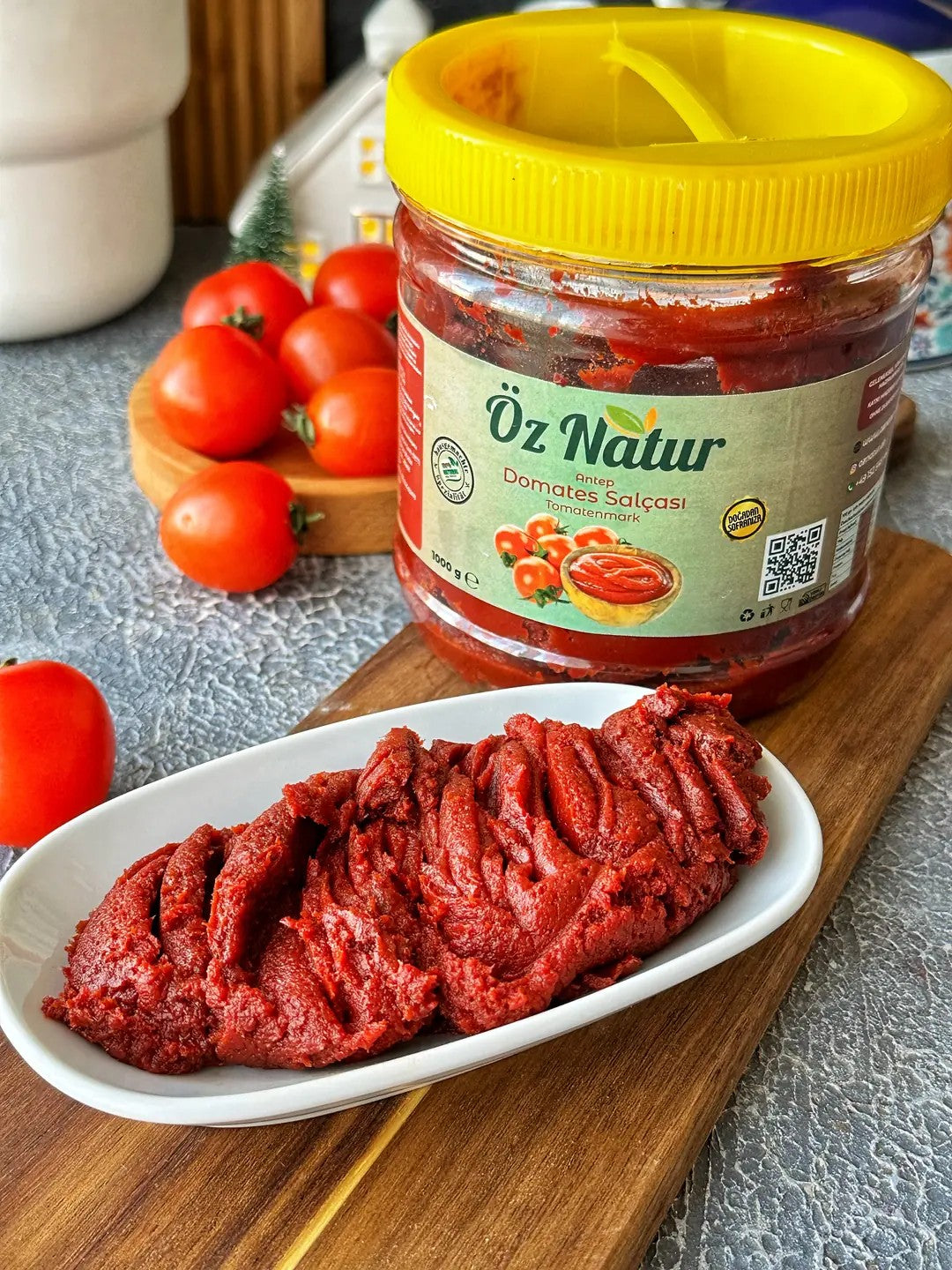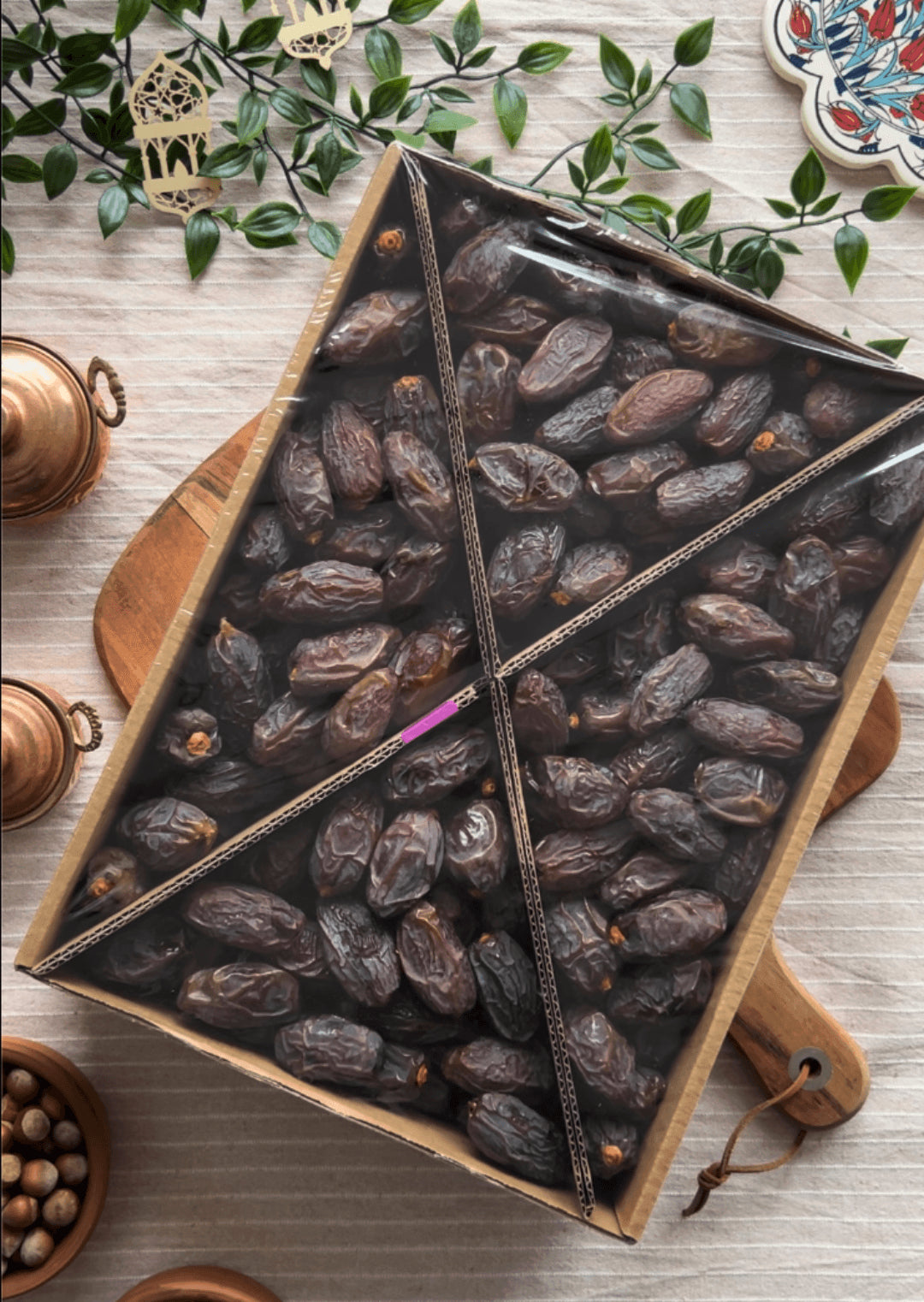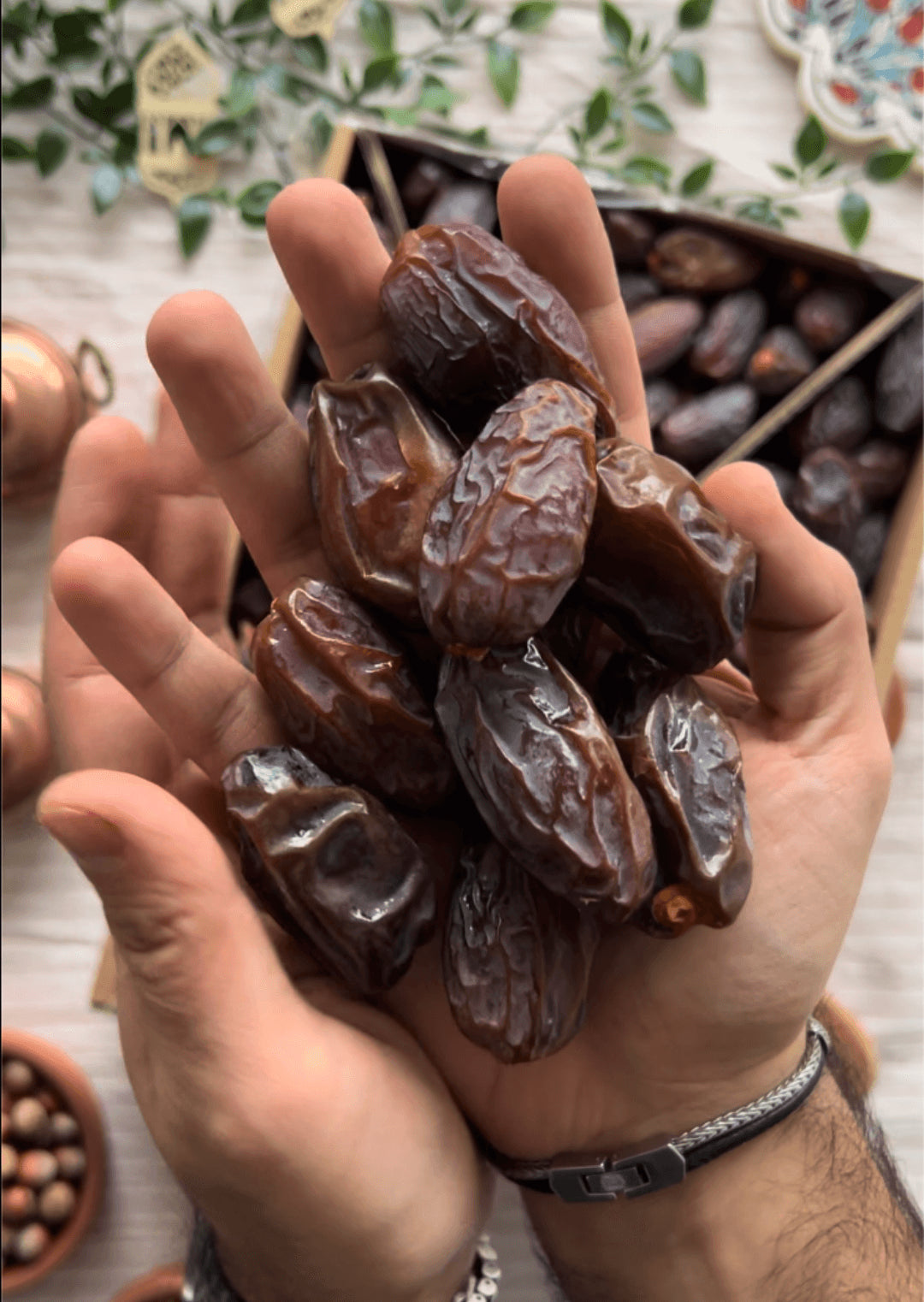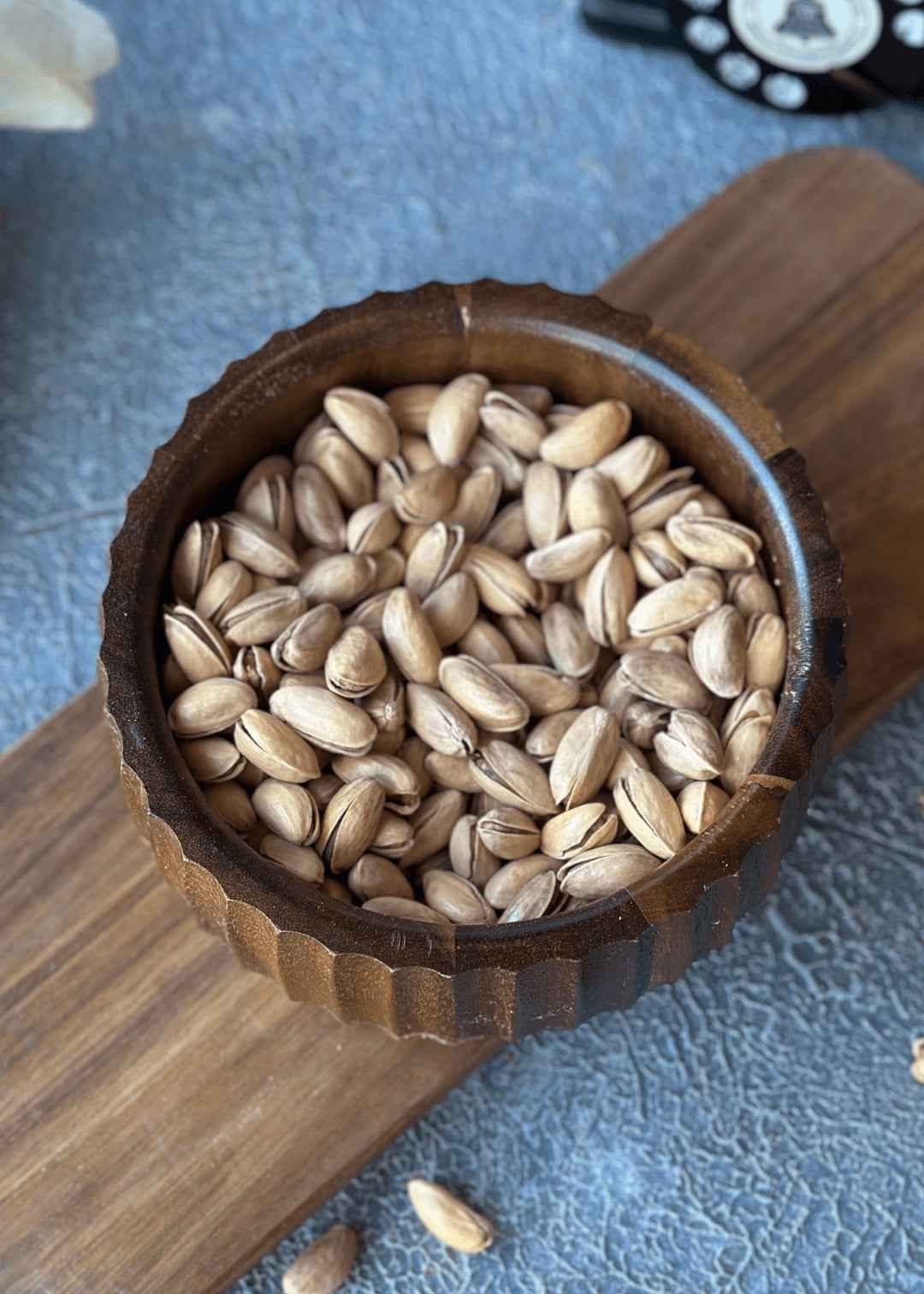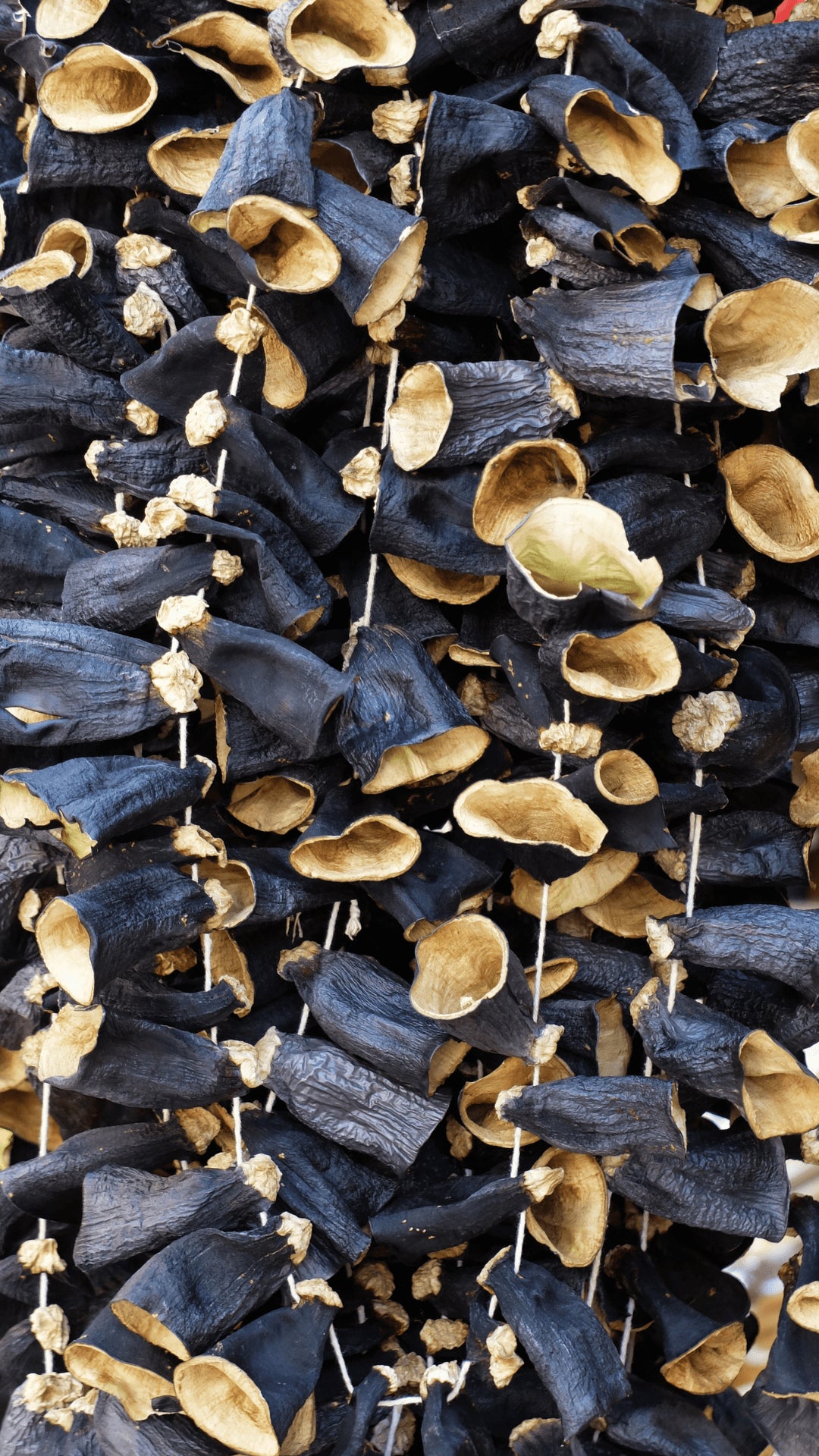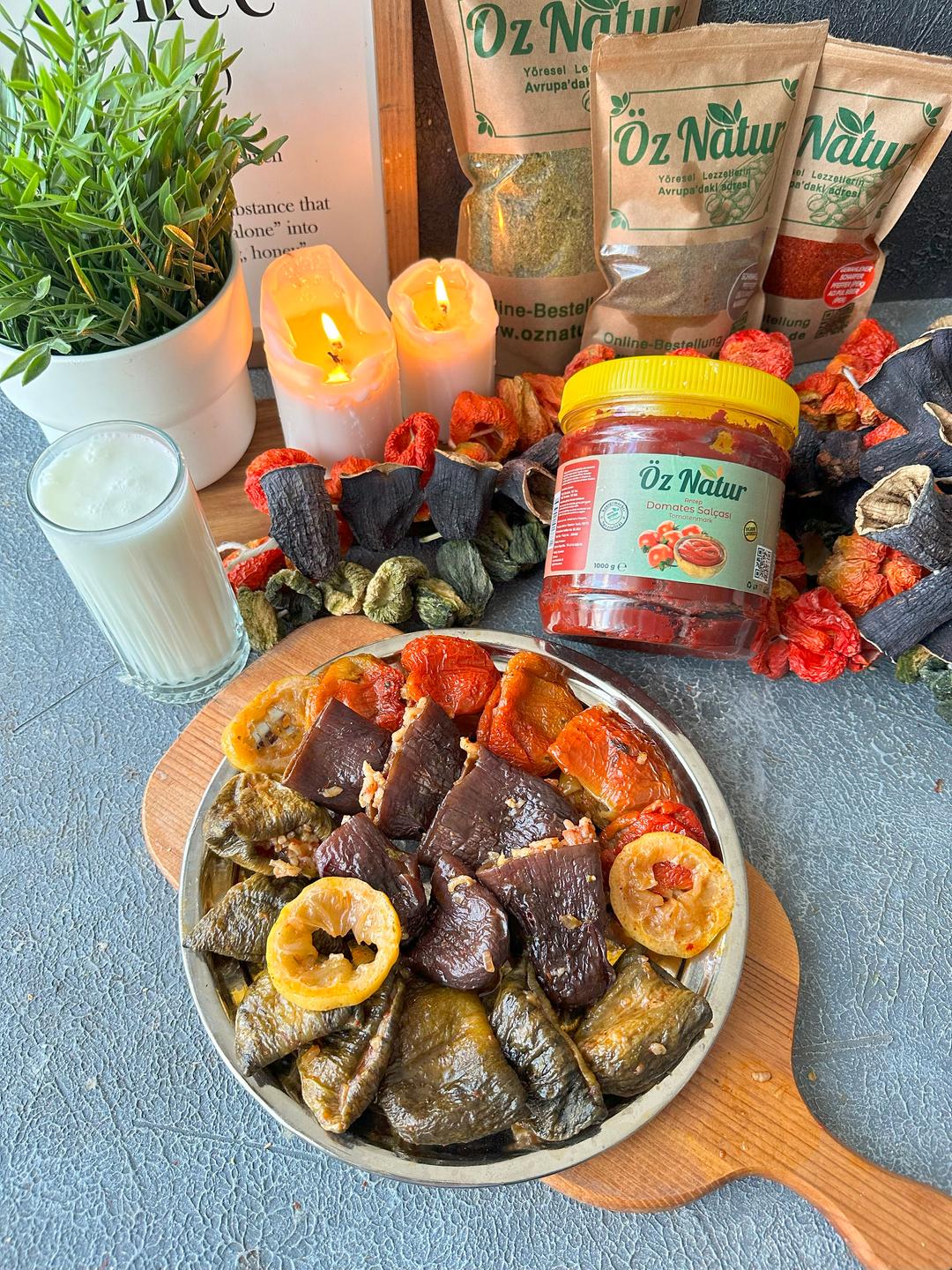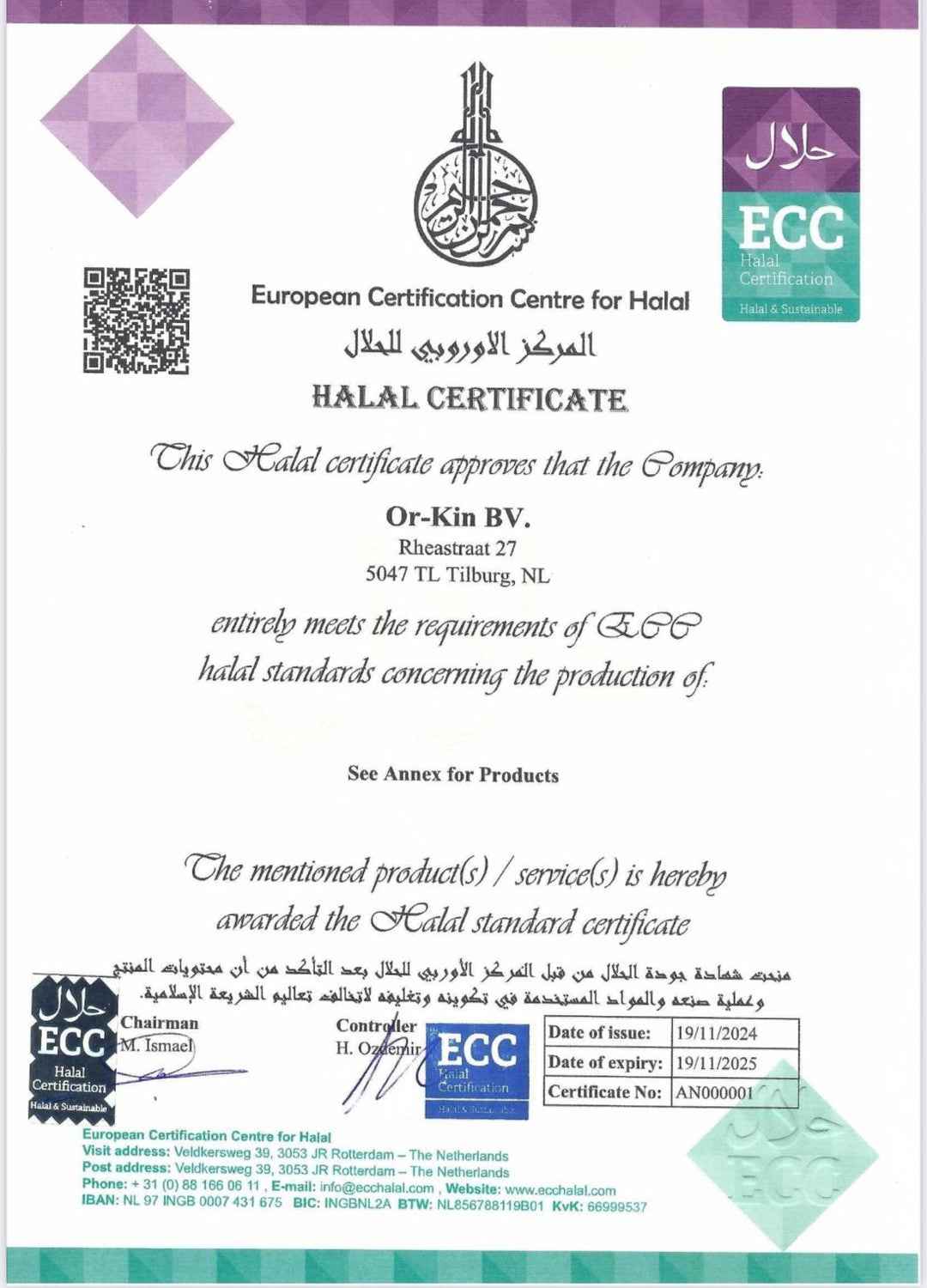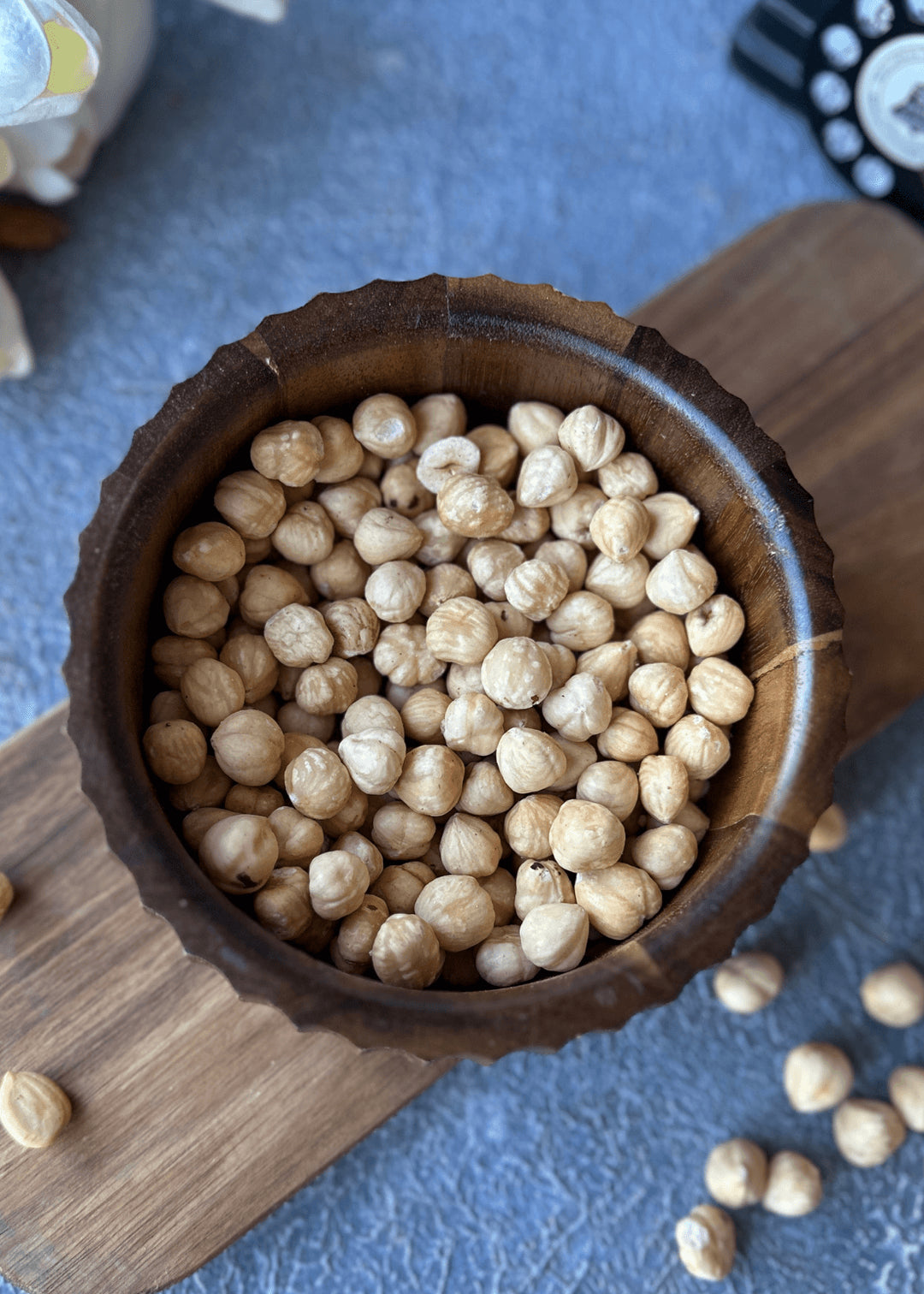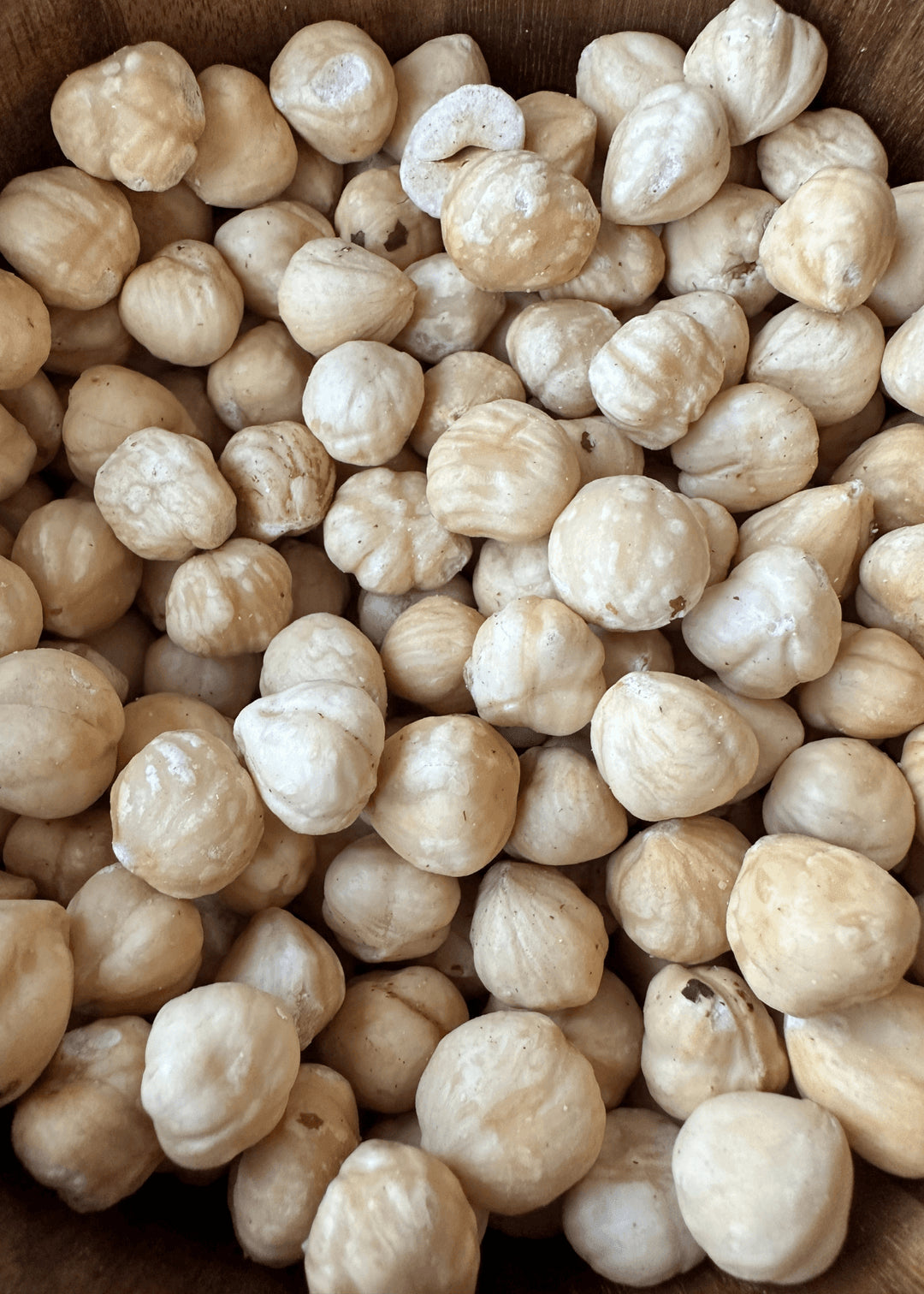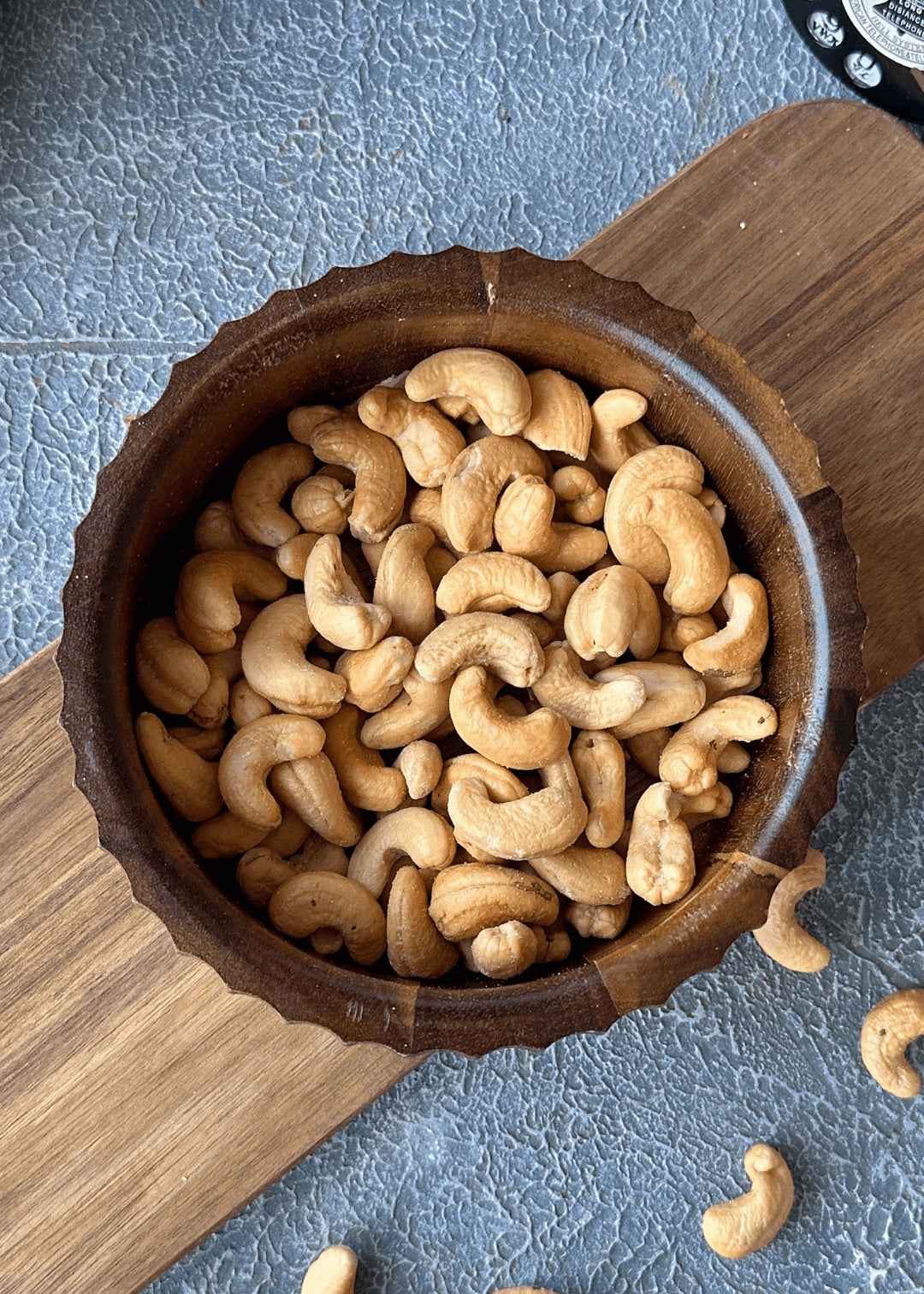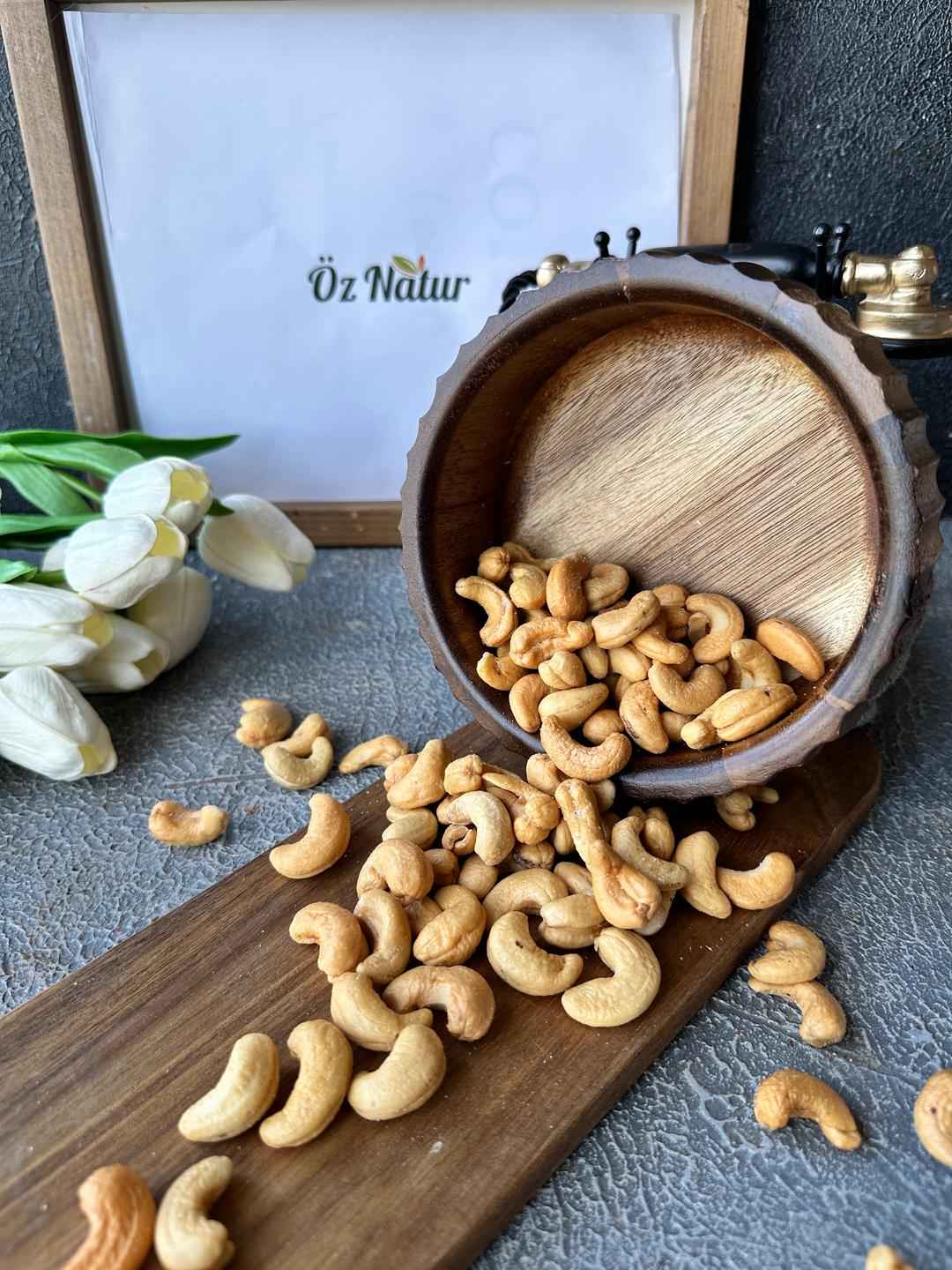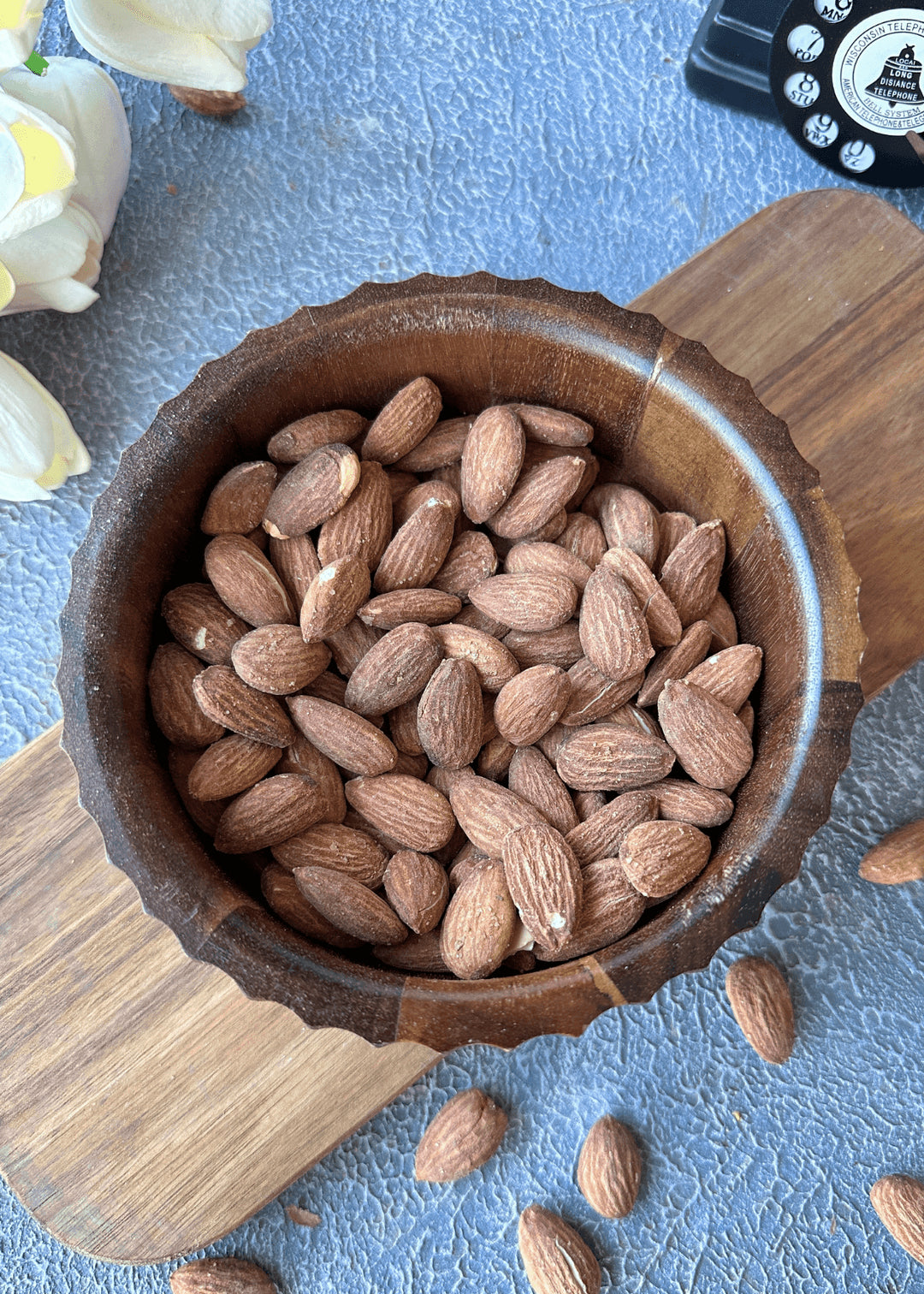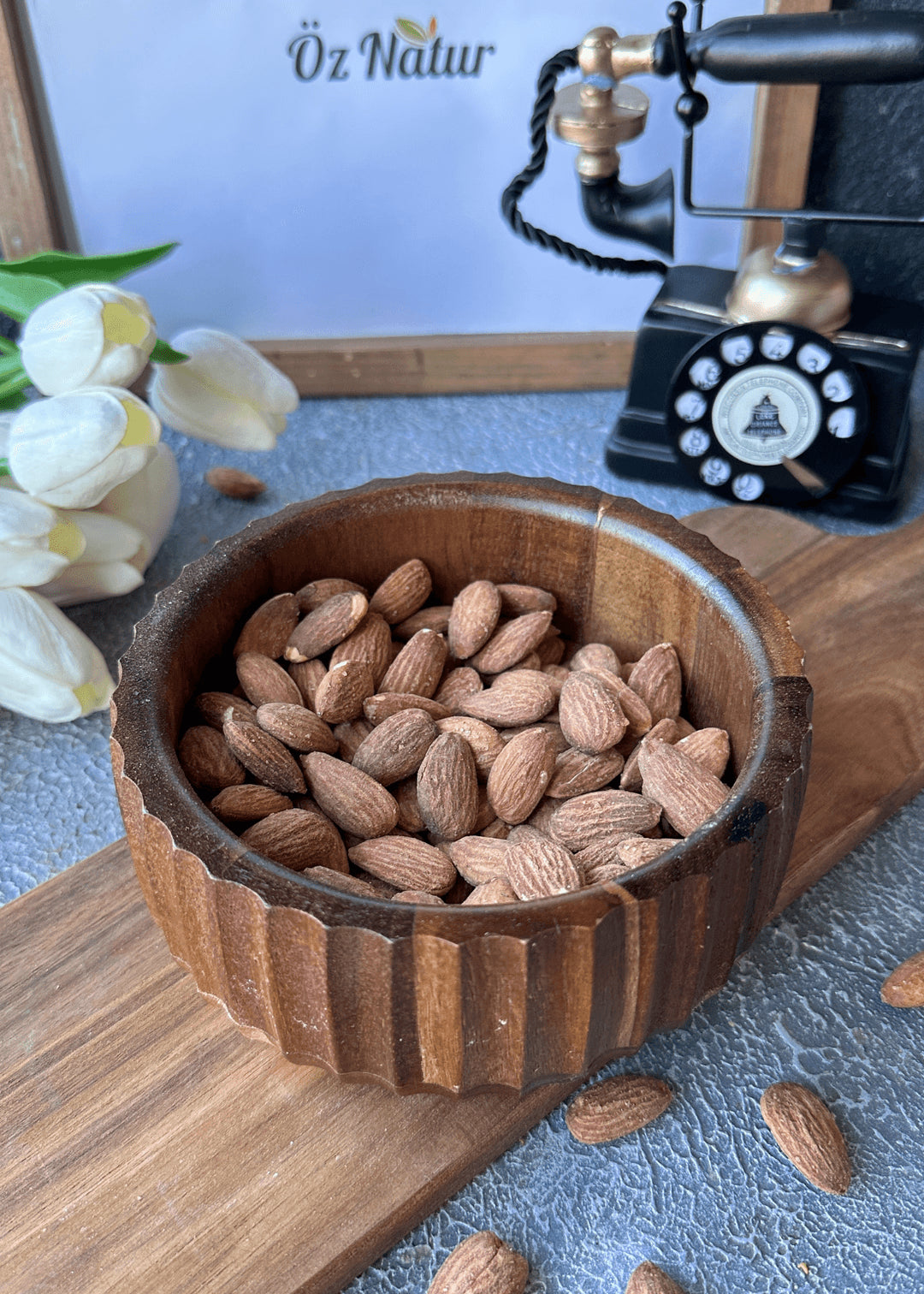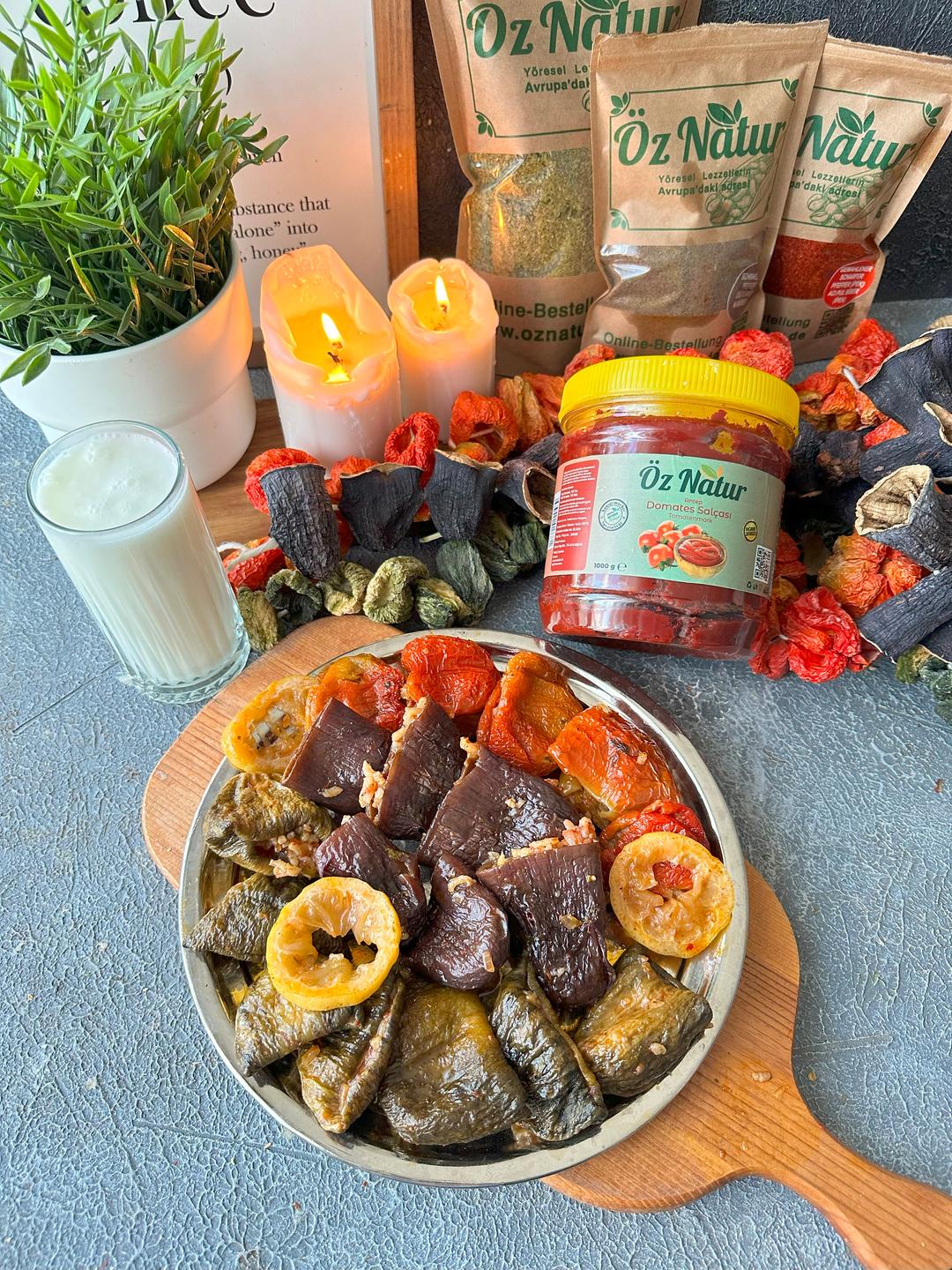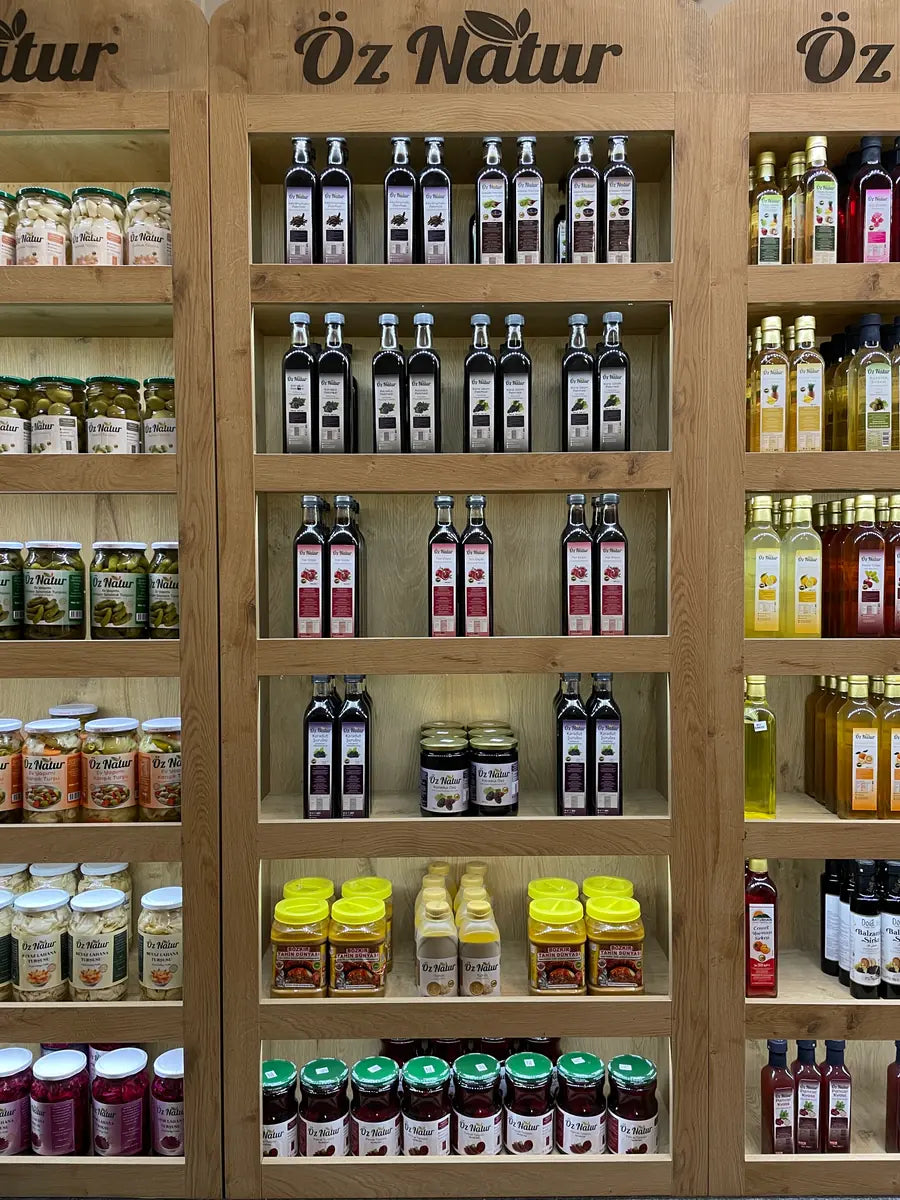Henna is most commonly used for decorating the skin, hair, and nails. It also plays an important role in traditional ceremonies and cultural rituals. For centuries, henna has been regarded as a symbol of beauty, protection, and blessings across different cultures.
What Is Henna Made Of?
Henna is derived from the leaves of the Lawsonia inermis plant. The leaves are harvested, dried, and ground into a fine powder. This powder is then mixed with water, lemon juice, or other liquids to create a smooth paste ready for use. Natural henna produces a reddish-brown stain, while some varieties are mixed with additional ingredients like tea, coffee, or essential oils to enhance the color and consistency.
How Has Henna Been Used Throughout History?
Henna has had many uses throughout history. In ancient Egypt, it was part of the mummification process. In India, it became an integral part of wedding traditions, where brides’ hands and feet are adorned with intricate designs. In the Middle East, it was often applied as a symbol of protection and prosperity. It was also traditionally used as a natural hair dye. In some cultures, warriors applied henna to their hands and bodies as a symbol of courage. Today, henna continues to be appreciated for its decorative and cultural significance.
How Is Henna Used Today?
Today, henna is widely used for body art, temporary tattoos, and hair coloring. It is especially popular at weddings, festivals, and other celebrations, where it symbolizes joy and good fortune. Different regions have developed unique application styles and patterns, making henna an art form with rich cultural diversity.


